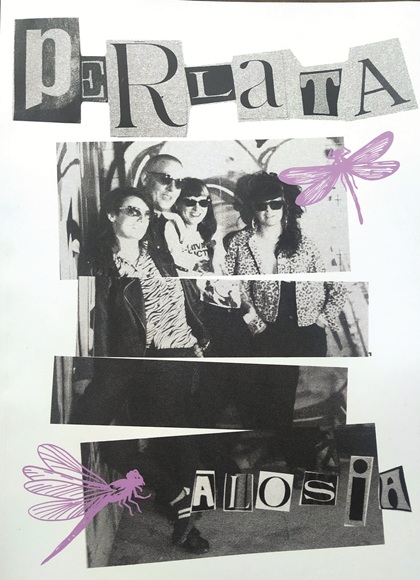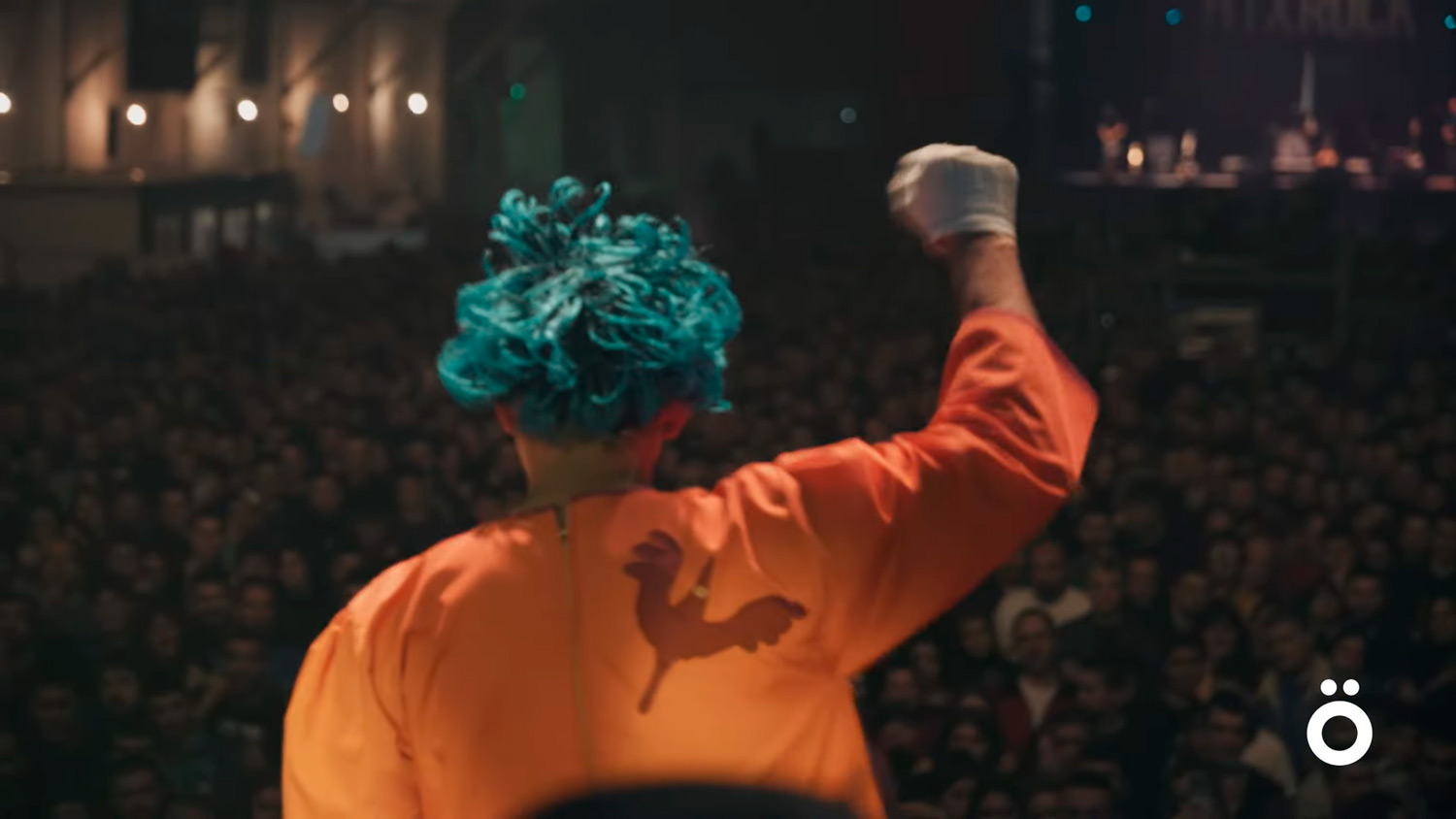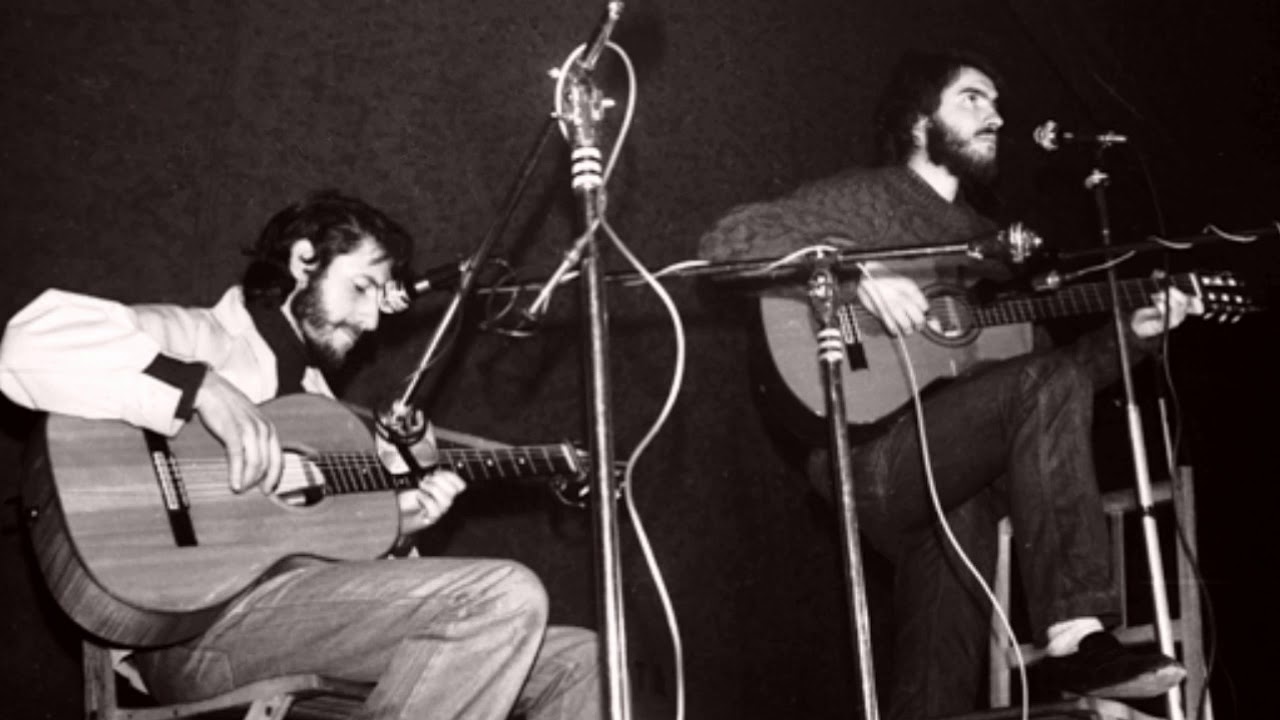Pigeons without emitter
- Through a documentary by German director Sigrid Falin, I learned the strange and intercontinental success of the song La paloma de Sebastián Iradier. In my ears, it was just one of those vitorian melodies that I had never heard.
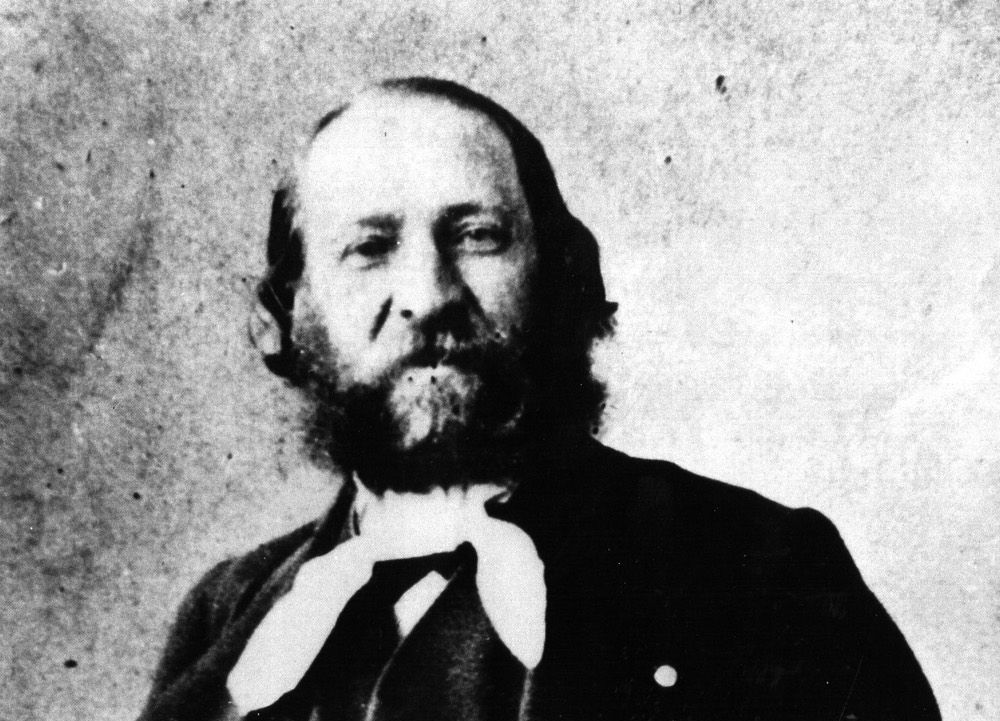
It's twelve noon, we're in the Plaza Nueva de Vitoria-Gasteiz, through the City Hall's digital bells, like every day, you hear sun, soo_ol, mi, fa, sol, la, yes, do, la, yes, sun, faa_a... If we were to ask those in the plaza, how many could bring the melody into the marble? How many melodies are they and from whom? It wasn't going to happen so much that a musician made two hits worldwide and no one knew his authorship.
The small Bizet settlement premiered in Paris in March 1875 at the Carmen Opera by
Georges Bizet. Critics accepted it badly and the contract signed for 40 passes barely reached the last sessions, they had to give away tickets. Bizet died three months later, at the age of 36, from a heart attack, with this pain of failure. The day before the death, however, he signed a contract for the opera to take place in Vienna. Then came the success he didn't know. Since then he is among the top ten in all the rankings of operas, singing in the biggest theatres the most prestigious singers.
When the Basques have known something about that opera so that our navel, it has been that the Sevillian gypsy Carmen fell in love with a Navarro soldier, Don José, and that Don José leaves his girlfriend Navarra Mikaela (and I will not do more spoilers). But the most famous song of this opera was not made by Bizet, according to the French Wikipedia: the famous song "L'amour est un oiseau rebelle" this fortement inspired the habanera "El Arranglito" du compositeur basque espagnol Sebastián Iradier. Bizet apparently did not get the song right at the time of the opera and, apparently anonymous, borrowed it: Fortement inspired footnote. Today, it is enough to write in the oracle El Arranglito and listen to Bizet’s small solution. Carmen, of course, is more than that song, and it has value in its entirety.
The nora usoa, the dove is the second unrecognized success of
Sebastián Iradier de La Paloma. Elvis Presley, Maria Callas, Charlie Parker, Dean Martin, Mireille Matiheu, Luciano Pavarotti, Rosita Serrano, Alfredo Kraus, Nana Mouskouri, Paul Whiteman, Julio Iglesias, Caterina Valente, Paco de Lucía cannot talk about the artist...
I was watching television in a few hours, after midnight. Suddenly I found a curious documentary, making zapping, putting Etb1 and waiting for some repetition or worse. The first curiosity was that it was folded and I knew that it referred to a supposedly local melody, which was an external look at one of our “small things”; one thing, like the songs of Alfredo Donnay or the pasacalles of the Txistularis, which considered the last residue of life of a popular past. I soon realized that the documentary was touring the world telling the story(s) of this song.
The documentary first brought me to Munich. A DJ from there, Kalle Laar, contains 2,000 versions of the song. It is no coincidence that he is German and not the only collector. Laar will appear in the documentary several times with surprising data.
Although the ‘pigeon’ quickly spread throughout southern Europe, there is a great debate among palomists about whether it emerged in Cuba and premiered in Cuba, or not. In any case, on the screen appears one of the first recordings that are known in the Museum of Music of Havana, in 1893, perfectly stored. The song is recorded on an iron disc with holes, turning the crank of the music box... magic: sol, soo_ol, mi, fa!The music box and the album were from the wife of Carmen Sáenz de Bazan José Martí; the son of Carmen handed over to the museum and wrote a note to the album: “It was her mother’s favorite song.”
A band of music from Cuba took her to Mexico, where Concha Méndez sang it and made it a success. These were conflicting times in Mexico: Maximilian and Carlota landed in 1864 to become empress emperors in French orbit. Other version: The dove was brought to Mexico by a marriage, in Vienna they met during a dance and sang the love of both. In any case, it is certain that the couple was fascinated by La paloma, so much so that the song became a symbol of the gardening festivities of the Chapultepec Palace. The song became a double-edged sword. The Republicans in the area of Benito Juárez took the melody and sang changing the lyrics to mock their marriage: if your window comes a soft donkey, treat it with respect which is my portrait... Since then it is one of the Mexican Abertzal and Machista melodies that is used to protest (the documentary shows Plaza Zocalo, a curvo occupied to denounce the electoral fraud of 2006 and singing the song Eugenia Léon).

The story of Maximilian and Carlota lasted three years and the emperor was executed in Queretaro in 1867. Carlota, former empress, returned to Europe, but diagnosed as crazy, lived in isolation in 1927, 60 years later, until his death in a Belgian castle. Meanwhile, the Austro-Hungarian and French soldiers who returned to their country led La Paloma into their gorges. And so it spread across different European territories. At that time, by way of example, the images take us to Romania, where the song is a villancico that is played when the dead head to the cemetery.
The descendants of these soldiers sang more from the trench to the trench during the First World War in fireplaces: French, German, Italian and English.
In the documentary Rock & Roll,
suddenly, Elvis Presley appears in the images of Blue Hawaii (1961), in a boxer-shaped swimsuit. In fact, the song came not only from Mexico to Europe, but also to Hawaii, led by the Mexican Californian cowboys. How?

In Hawaii the animals were breeding and wild (they gave the cattle to an old king and it was forbidden to kill the cattle in the archipelago, animals that were expanding without control); during the mandate of Kamehamehha III.aren, which has also come to me at the head of the Dragon Ball, yes, the first Mexicans came to the Hawaiians to lower, rule the animals and teach them. Mexicans brought guitars and songs with them, including La paloma. And, look, in Hawaii, guitars (from which the Hawaiian guitar came up) and the dove, in this case an instrumental dove. The king of Rock n Roll knew it this way, put the lyrics and made his own version: Ez more.
We fly to Germany, the song is part of the German folklore, probably more than anywhere else. Director Ingrid Faltin takes us to his hometown to hear the testimony of musician Coco Schumann.

Die taube
Schumann was a Jew by his mother and lived the Nazi holocaust. He first took Theresienstadt to the Czech ghetto, where he hit the Guetto Swingers band, and then moved to Auschwitz to the massacre, where he was again commissioned to play music. The SS asked them for The Dove as they drove the prisoners into the gas chambers. In fact, in Austria, Hungary and Poland, as in Romania, the 'pigeon' is a funeral march after Mexican failure. Schumann, after the war, acted with musicians such as Louis Amstrong, Marlene Dietrich, Ella Fitzgerald and Helmut Zacharia, and played often after the song. He has also played in the documentary, the song is not to blame, according to his words.
It is curious how it was considered at the same time as a song to dodge the Nazis in Germany. It was mainly a song in favour of Hamburg that remembered the sea and romantic love. In 1944, Grosse Freiheit, Nr 7 (Gran Libertad, 7), a film in which several double-meaning messages could be heard indirectly. Goebbles hated the film and ordered “Nr 7” to be added to the name “Great Freedom”, to represent the number of a street and not the greatness of freedom. In the whole film there is not a Nazi symbol "fa" and in the version of La paloma he talks about leaving the people and translating it.
The dove was also one of the most famous songs by Rosita Serrano. The Chilean artist triumphed in Nazi Germany with the pseudonym of die Chilenische Nachtigall, a Chilean ruisir. It occupied theatres and stadiums, including the Berlin Olympic Stadium, with a capacity for 75,000 people. He recorded over a hundred songs with Telefónica's main record in Germany, was a radio star and had the same Mercedes-Benz as the Fhürer, covered with the color of his green eyes. However, it went from being a favorite of Hitler, Göring and Goebbles to being an arrest warrant. He was considered a spy, who sang in Sweden for the Jews, and also hid some Jews in his house. Rosita Serrano remained in Sweden, where Nazi Germany had retained all its riches. Later, he had many ups and downs in his life.
And follow pigeons in Germany. In 2004, the city of Hamburg applied for inclusion in the book Guiness because it formed the largest choir in the world: 88,600 persons. What song? They're taube.
Images
of Usoa Eta, the White Virgin of Vitoria-Gasteiz, all of a sudden, on television. Primitivo Langarika appears, a Vitorian collector who brought together over a thousand albums with the recorded song.
It tells two nice stories. The first one, which happened to him with a collector's friend. The main feature of collectors is the collection of curiosities. Langarika's friend collected records of harmonica, Langarika "pigeons." They both had a record that they were looking for: By Larry Ardler, known harmonious with the song La paloma. In Zaragoza (Aragon) it was Nanclares who got it. When he found out that the smile returned to Vitoria on his lips, his friend died two days earlier and was disgusted to not be able to show the album.
The other is the story, when Langarika was a little desperate, because among the thousands of versions he didn't find the Euskera version. One day, however, he heard by surprise on the radio, sung by the Contrairo group. After meals, they were collected in Spanish and brought a Basque version, as well as others in Mexico, Germany, Romania, Hawaii or Zanzibar. The
documentary ends with images of Zanzibar, mixed with rhythms of African dance, in a festive atmosphere, in the presence of Islam (as in Romanian Orthodox Christianity). The dove in Zanzibar is a wedding song that is sung with swahili.
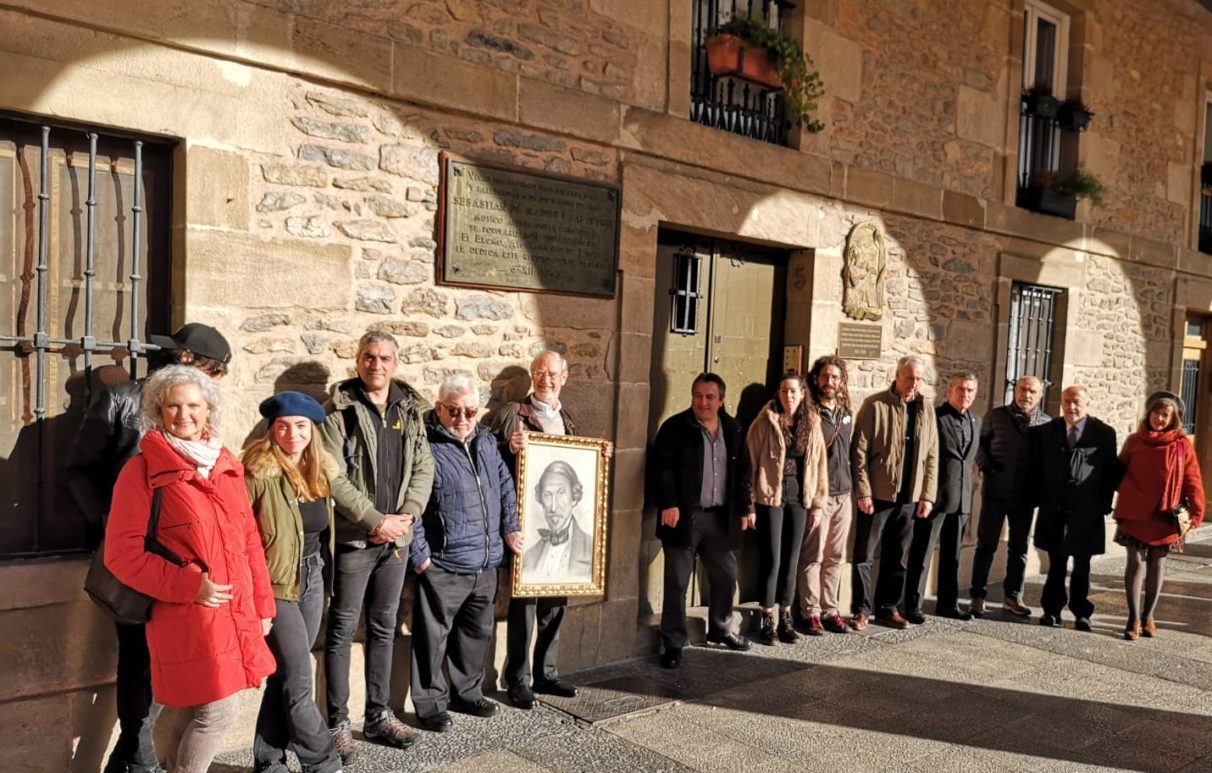
Anonymous emitter Man
can hear some finite notes, but the music is infinite, the combinations of notes are the same. If it's music, it's like geometry, arithmetic and other facts that happen in the universe, it exists; before the human being existed, even without the human being.
It may not be so important to beat the flag of Iradier, to praise the province. It brings all the pigeons to the surprise of a museum: the song of love, of protest, of the funeral, of the holocaust, of freedom, of weddings...? Gather hundreds of movies and thousands of records? Or just sing?
Finally, by settling debts: Sebastian Iradier was born in Lanciego, was organist in Vitoria-Gasteiz and in Salvatierra. There he married, but soon he left his wife, Brígida de Iturburu, and his son, Paul, lived bohemian in Madrid, Paris, New York, Cuba, etc. He returned to Vitoria and died there, forget about it. He is buried in the cemetery of Santa Isabel under the title of “organist”.
But all of this is another story.
Itoiz, udako sesioak filma estreinatu dute zinema aretoetan. Juan Carlos Perez taldekidearen hitz eta doinuak biltzen ditu Larraitz Zuazo, Zuri Goikoetxea eta Ainhoa Andrakaren filmak. Haiekin mintzatu gara Metropoli Foralean.
Sawdust
Olaia Inziarte
Panda, 2024
-------------------------------------------
Fourteen songs written during the Depression. Olaia Inziarte presented it in the first late night in Basque that can’t be mentioned now. The bru-ta-la piece Sawdust opens the disc. A jazz... [+]
Nafarroa Arenan Mitoaroa ikusten izandako lagun batek “telurikotzat” jo zuen entzun-ikusi-sentitutakoa. Niri ere hala iruditu zitzaidan telebista medio etxetik hauteman nuena.
Pentsa daiteke Mitoaroak piztutako grinak eta atxikimenduak proiektuaren ikusgarritasuna... [+]
Since Benito Lertxundi, who told us that he will leave the scenes for ever, we have been there for several weeks, and since then many of us have felt orphans in one way or another, with a sense of loss or abandonment, sad. To Iruindarro, at least, we will remain forever honored... [+]
Basque Country Herriko Gazte Orkestra. Winter Meeting
Director: Iker Sánchez.
Narrator: Kepa Errasti.
Programme: Works by Britt and Beethoven.
Place: Victoria Eugenia Theatre, Donostia.
Day: 2 January.
-----------------------------------------------
After 27 years, we... [+]
Chulería, fuck!
WHEN: 5 January.
WHERE: At the Kafe Antzokia in Bilbao.
----------------------------------------------------
As I filled the room, looking down behind the railing above the theater, I've been playing to see if I find someone younger than me before the... [+]
Beyoncé at the break of an American football game in Houston, Texas. The American singer has come to the center of the stadium in a cowboy suit that she's had access to. The hat covers the nice, the legs the boots long to the knees. The scarce white suit shows her thighs and... [+]
The New Year’s Morning is the title of a roundness created by Joxe Ansorena, brother of our grandfather Isidro, for the Txistularis to hit the streets during the New Year’s Morning. In the air of that melody, we were picking up the wrecks of the night, like the garbage... [+]
Alosia
Perlata
Autoproduction, 2024
----------------------------------------------------
The Arrasate Perlata group has published a new work. He has several records behind him and his latest work is punk, Oi! And it was a documentary in tribute to the unrepeatable... [+]
FERMIN MUGURUZA 40. ANNIVERSARY
When: 21 December.
Where: Bilbao in the Arena.
-------------------------------------------
Every year Bilbao will be on the 21st of December. The cider and talo, protagonists of the day, is the day of the fair of St. Thomas. This year,... [+]











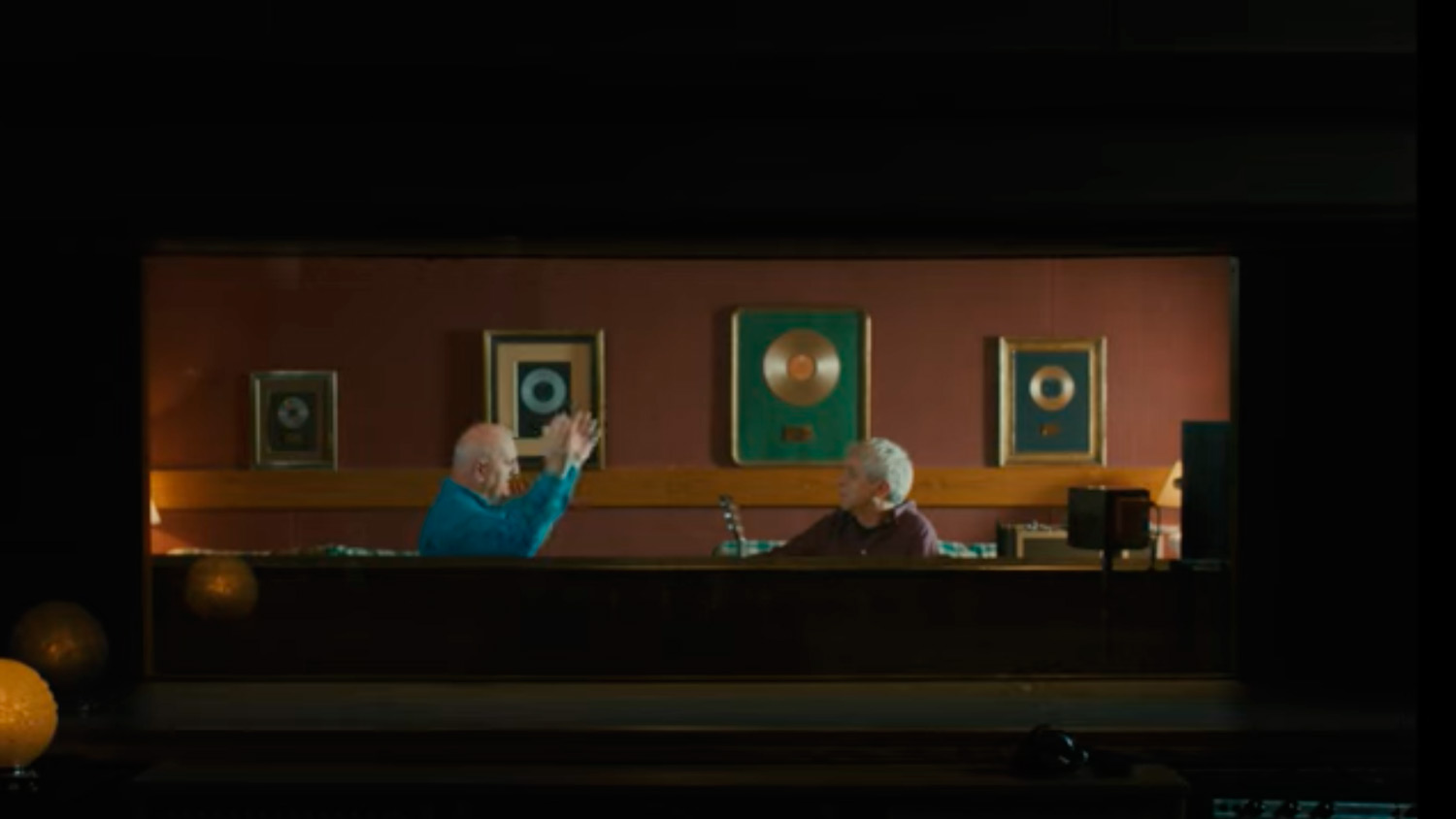



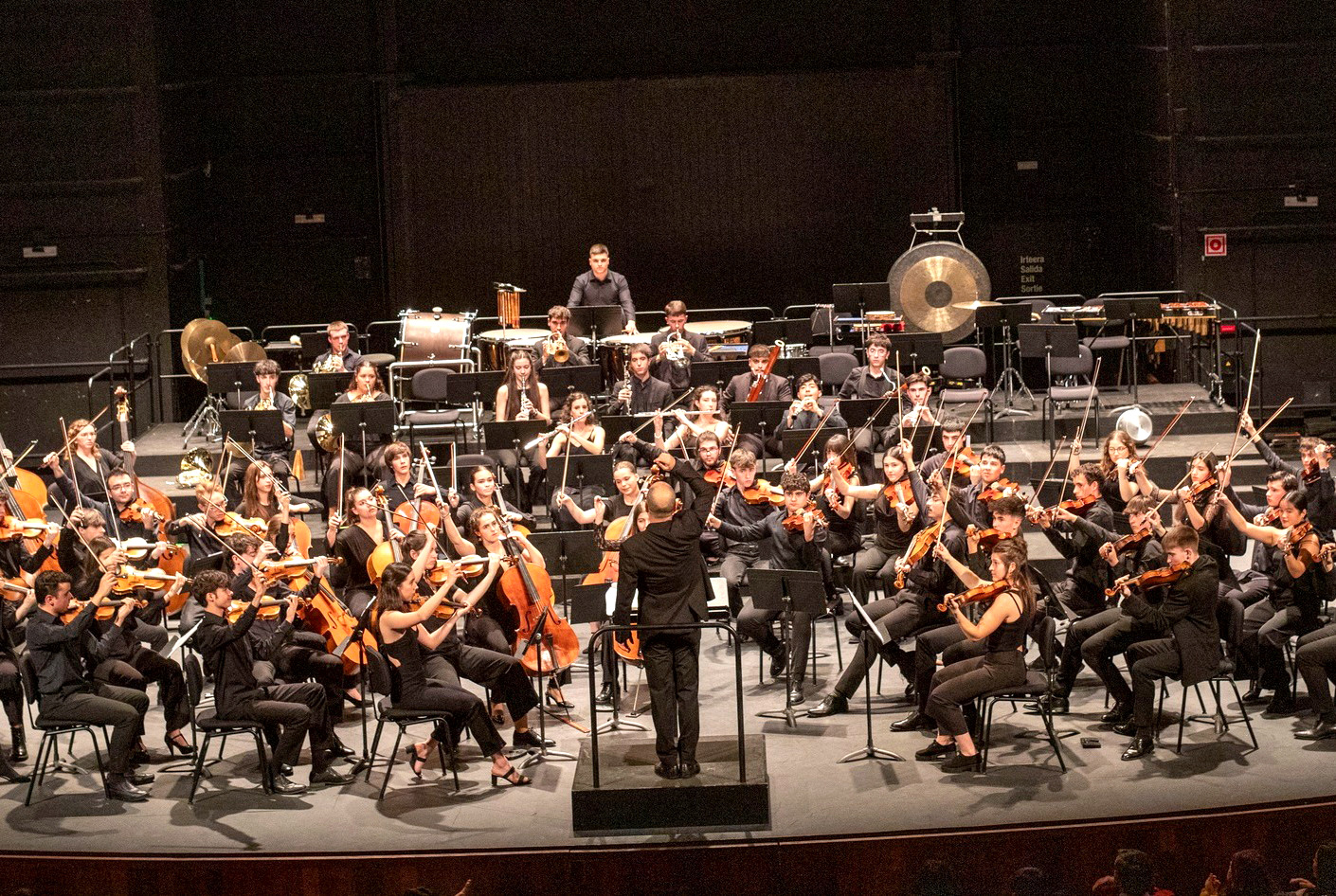



.jpg)
